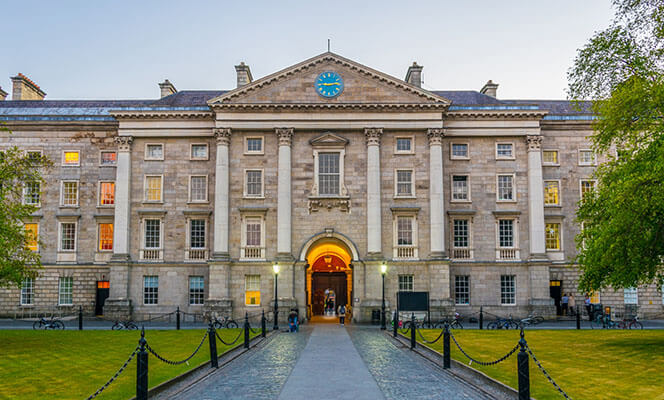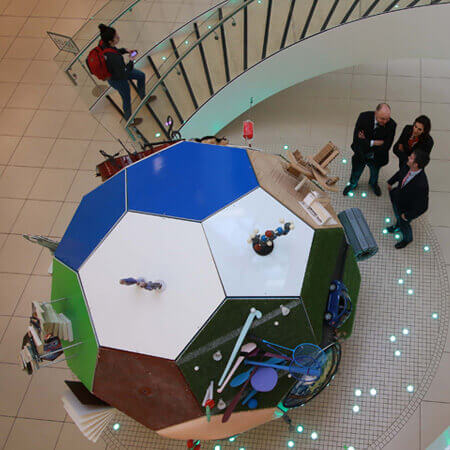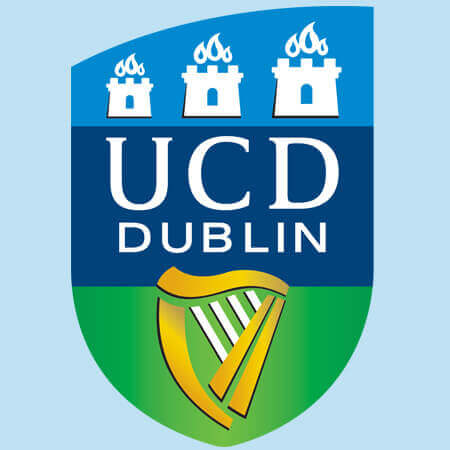Bringing industry and academics together
What CONNECT does has the potential to impact on all of us. As well as the intellectual and academic importance of the research done here, its practical application is just as relevant.
According to CONNECT, there is a strong culture here of commercialising the research carried out. In other words, taking it from the lab and turning it into a commercially viable product or service. The research centre also supports social entrepreneurship through its Rethink Ireland programme.
Over 250 researchers are involved in CONNECT’s extended research team. Many of them work across other campuses around the country, including DCU, TU Dublin, UCD and other Dublin universities.

As it wins fresh funding for new projects, that number of researchers is set to increase further still. CONNECT, jointly funded by Science Foundation Ireland and industry, also works with around 40 companies.
These include the likes of Google, Intel, Rivada Networks and IBM. However, it’s not just large multinationals that CONNECT engages with, it collaborates with the most innovative SMEs and startups too.
CONNECT’s current work
Since it launched, around seven years ago, the CONNECT research centre has had a number of significant funding successes. It won €6 million in EU funding to lead a major new postdoctoral programme, EDGE, with two other SFI research centres.
More recently, five SFI research centres – including CONNECT – secured almost €200 million in government funding to continue their work for years to come. Intel recently signed a two-year research agreement with CONNECT worth €600,000 too. This will fund research into 5G technology.
Right now, 5G and the next generation of networks is a big focus for its researchers. They have run advanced experiments in this area. However, the likes of satellite networking, quantum communications and cyber-physical systems are likely to attract their attention in the years to come too.
Some past success stories
Past projects of note include research into privacy standards on Android devices, which led to Google adjusting its apps to address issues of concern. CONNECT research centre has also led to the birth of five successful spin-out companies, which now employ around 50 people.
Among them are Nexalus, which uses patented technology to sustainably cool electronics. While LiquidEdge leverages hidden data contained in Wi-Fi and other systems to help businesses engage their visitors more effectively.
Significantly, the CONNECT research centre also values the creative arts. It has several artists working on different projects, exploring how engineering and the arts intersect. It even has an artist in residence.
Technology moves fast and CONNECT research centre is accelerating at speed with a success rate that can only suggest an even brighter and more brilliant future.
To learn more about the centre’s research, head to CONNECT’s website.




